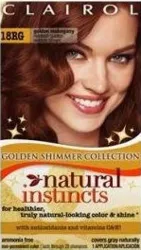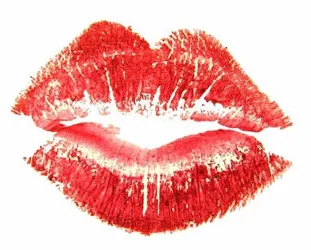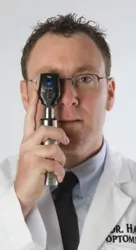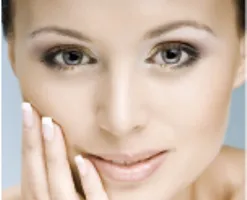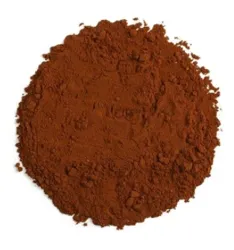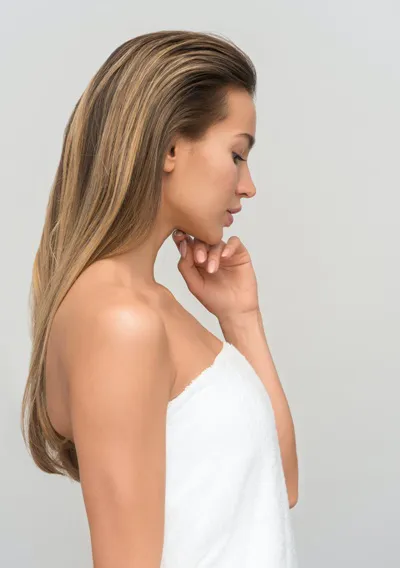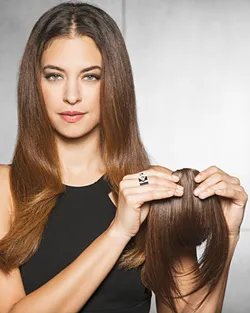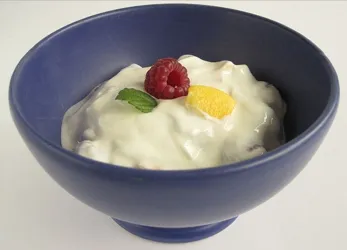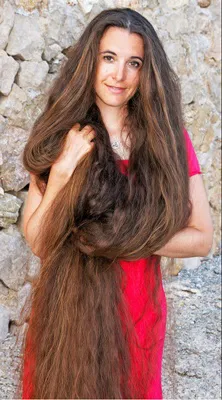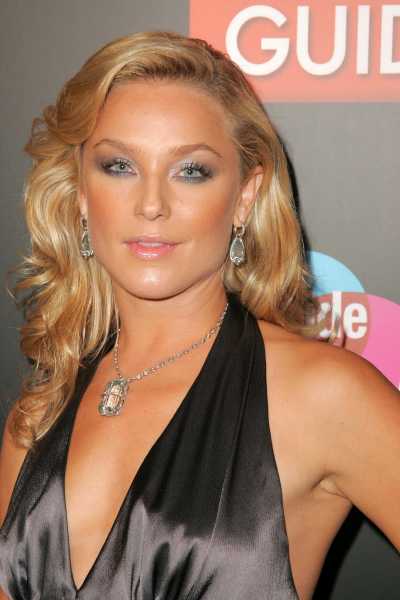
Allergic Hair Color Reactions: Ingredient Culprits
Introduction
Many people, men and women alike are unaware of the fact that at some time in their lives they will develop an allergy to hair color. Allergies should never be taken likely. Allergic reactions to hair dyes and lightening agents are actually more common that most think. Allergic reactions can range from mild to life threatening. Even more troubling is the fact that an allergy may occur with a product you used for years without any problems. Then suddenly the product produces sensitivities. Some people develop allergies with repeated and long term exposure. Although products exist designed to offer reduced chemical formulations, these types of products (Ecocolor, Herbatint) are not a solution for some individuals with allergies. Always do a patch allergy test before every color application. Hair Color Ingredients Most Likely To Cause Allergic ReactionsHow do you know if you are experiencing an allergic reaction? Consider the following possible symptoms: 1. Sulfites. 2. p-Phenylenediamine known as PPD which is an oxidative dye that causes allergies in many people. 3. Some color additives including Acid Orange 87, Solvent Brown. 4. Acid Blue 168 and Acid Violet 73. 5. Ammonia. 6. Henna. 7. Color developer. 8. Hydrogen peroxide. 9. Castor oil. 10. Flax seed oil. 11. Cobalt Dichloride - a common metal and among other uses, cobalt salts are found in pigments in light brown hair dyes. 12. Cetyl Alcohol. 13. Bleach. 14. Lead which is in many hair colors. 15. Coal tar. PPD Is Most Common AllergenPPD stands for p phenyline diamine. It is an oxidative dye. Some people are immediately allergic to PPD and others take time for the allergy to build up after repeated applications. Depending on the hair color and whether it is a professional formula or one designed to be sold over the counter, PPD is present in different levels. Some haircolors may contain levels of 6-8% PPD while the more natural formulas like Ecocolors has a level of less than 4%. PPD at concentrations of over 6% may encourage the development of some types of cancer. It is considered toxic to the human body at levels of 6% or higher. Some haircolors contain large amount of this substance and chemical drivers to drive it into the hair and the blood. If you think you may be allergic, always do a patch test before you apply the product to your entire head. Most conventional hair colors contain synthetic bases which more easily allow the deep absorption of PPD. People allergic to PPD in traditional hair colors may not react to the more natural hair colors like Eco Color or Herbatint. Eco Colors contains castor oil, flax oil, flower essences and special emollients. Although it is extremely important to do a patch test before applying color to the entire scalp, some hair professionals have discovered that adding two packets of Sweet and Low to the hair color before application will help reduce itching. Itching may occur for several reasons that are not specific to the hair color. It could be a combination effect. One option is to take flax seed oil internally for at least 30 days. It is possible that you are allergic to ingredients in your shampoo. Try switching to a non SLS sodium lauryl or laureth sulfate shampoo. Some people have found that taking Benadryl before and after application or the hair dye will minimize any itching. It is important to note that some people may be allergic to Benadryl. Antihistamines are often prescribed for reactions. SummaryIf you think you may be allergic, always do a patch test before you apply the product to your entire head. | |||
| If you want to talk more about this or other hair care articles on HairBoutique.com or anywhere else, please post a message on HairBoutique.com's Hair Talk Forums.
|
Social Media Network Information
Please follow us on Twitter at: https://Twitter.com/HairBoutique. I look forward to meeting new people from all walks of Twitter and learning from their Tweets.



